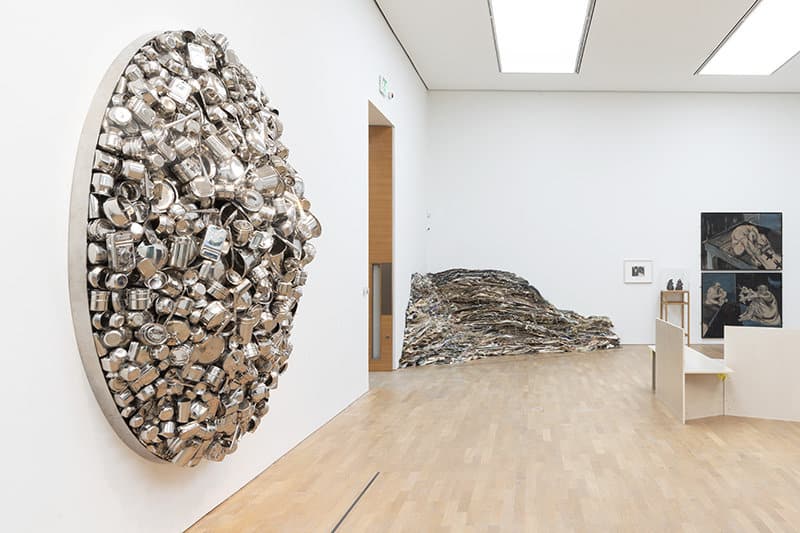Tabish Khan loves art and visits hundreds of exhibitions a year. But every now and then he comes across something in the art world that doesn’t make sense.
The purpose of a review is to let people know whether it is worth their time and money to visit an exhibition. Reviews can rate art as brilliant, middling or terrible and this will help people determine whether they’d like to see it. Often one reviewer can disagree with the general consensus, I know I often do, or they can all be largely positive or negative.
Have a look at reviews for most exhibitions today and for many you will struggle to find a bad review. This doesn’t mean everybody liked it, it’s just that especially for smaller exhibitions there’s no point in writing a bad review — after all how is the public interest served by telling readers a show exists and then telling them not to go see it. The exception is blockbuster shows at the likes of Tate Modern and the Royal Academy of Arts as their marketing budgets mean most readers will know about the show and will be seeking an opinion to determine whether to go or not.
So it’s clear from the above paragraph, there will naturally be more good than bad reviews in circulation but there is a worrying trend I’ve noticed of critics and writers avoiding bad reviews, and not just out of public interest but for commercial reasons.
A publication, especially if they are small, need to grow and that’s expedited by having their review and star rating mentioned on advertising associated with the show and by shares on social media. As the Tate Modern is unlikely to promote a bad review this causes these publications to veer towards avoiding negative mentions. I’m aware of a now defunct website that required 80% of all reviews to be four or five stars, and I suspect others follow similar rules.
But it’s not just the small publications that are impacted, larger ones may have a media partnership for an exhibition and a bad review may sour relations with the gallery or museum in question and therefore future business opportunities. So they may feel they have to step in to prevent a bad review being published, even if their writer didn’t like the show.
The critics are also not immune, largely because they are a meagre paid bunch — trust me I know. So to supplement incomes many writers end up working for galleries either in hosting talks and panel discussions, taking their installation photographs and writing catalogue essays. Now if they then start writing bad reviews of the gallery in question, their future employment may be at stake. In fact, some may even get a job with a gallery following a glowing review or making sure they get a mention in an article.
On top of all these reasons not to give a bad review, bad reviews are much more likely to get angry comments protesting against the writer’s credibility — though this seldom happens with good reviews. Even the trolls don’t like artists to be trolled, I hope the irony is not lost on them.
This has resulted in only the broadsheets and some choice publications publishing negative reviews — thankfully I have an editor who supports and encourages my honest appraisal of an exhibition.
The knock-on of this dearth of bad reviews is that we lose the critical discourse and all institutions and artists hear are the pandering masses praising them. I’m sure this makes them feel good but it is ultimately detrimental to the art world as it removes the incentive to improve and try innovative approaches to art and exhibitions.
I’d encourage all my fellow publications, writers and critics to be brave and say something is awful when that is how they truly feel and a negative review is warranted.
For more in this series, see the $179m dollar headline, art fairs appealing to the masses, false opening hours, size matters and what’s wrong with video art.









